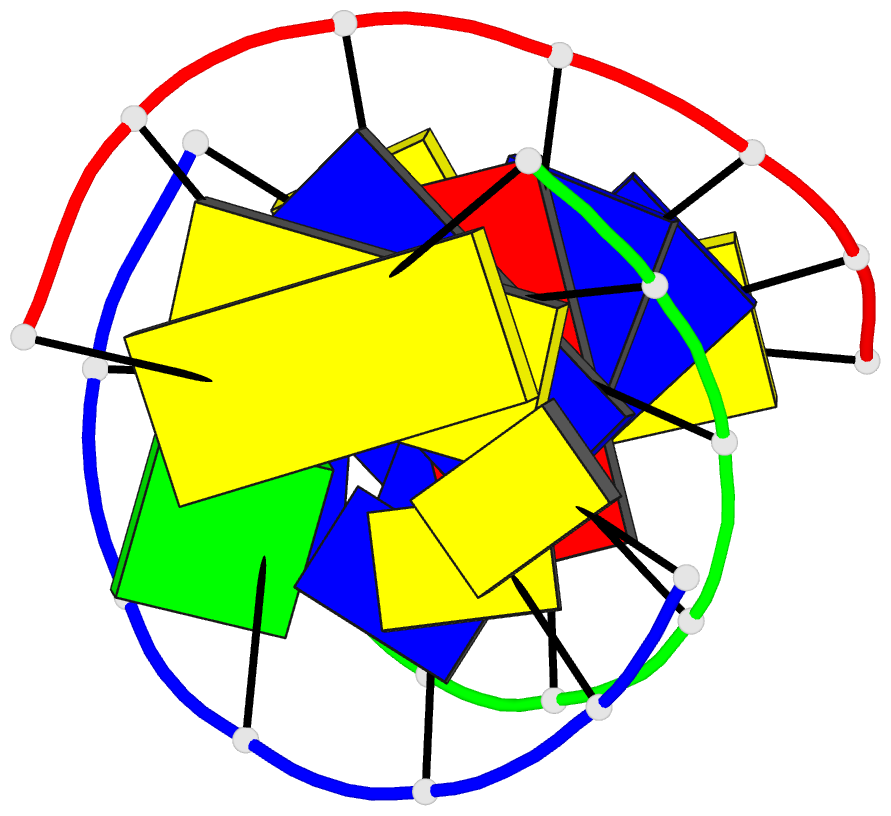Summary information and primary citation
- PDB-id
-
149d;
SNAP-derived features in text and
JSON formats
- Class
- DNA
- Method
- NMR
- Summary
- Solution structure of a pyrimidine(dot)purine(dot)
pyrimidine DNA triplex containing t(dot)at, c+(dot)gc and
g(dot)ta triples
- Reference
-
Radhakrishnan I, Patel DJ (1994): "Solution
structure of a pyrimidine.purine.pyrimidine DNA triplex
containing T.AT, C+.GC and G.TA triples."
Structure, 2, 17. doi: 10.1016/S0969-2126(00)00005-8.
- Abstract
- Background: Under certain conditions, homopyrimidine
oligonucleotides can bind to complementary homopurine
sequences in homopurine-homopyrimidine segments of duplex
DNA to form triple helical structures. Besides having
biological implications in vivo, this property has been
exploited in molecular biology applications. This approach
is limited by a lack of knowledge about the recognition by
the third strand of pyrimidine residues in Watson-Crick
base pairs.
Results: We have therefore determined the solution
structure of a pyrimidine.purine.pyrimidine (Y.RY) DNA
triple helix containing a guanine residue in the third
strand which was postulated to specifically recognize a
thymine residue in a Watson-Crick TA base pair. The
structure was solved by combining NMR-derived restraints
with molecular dynamics simulations conducted in the
presence of explicit solvent and counter ions. The guanine
of the G-TA triple is tilted out of the plane of its target
TA base pair towards the 3'-direction, to avoid a steric
clash with the thymine methyl group. This allows the
guanine amino protons to participate in hydrogen bonds with
separate carbonyls, forming one strong bond within the G-TA
triple and a weak bond to an adjacent T.AT triple. Dramatic
variations in helical twist around the guanine residue lead
to a novel stacking interaction. At the global level, the
Y.RY DNA triplex shares several structural features with
the recently solved solution structure of the R.RY DNA
triplex.
Conclusions: The formation of a G.TA triple within an
otherwise pyrimidine.purine.pyrimidine DNA triplex causes
conformational realignments in and around the G.TA triple.
These highlight new aspects of molecular recognition that
could be useful in triplex-based approaches to inhibition
of gene expression and site-specific cleavage of genomic
DNA.





